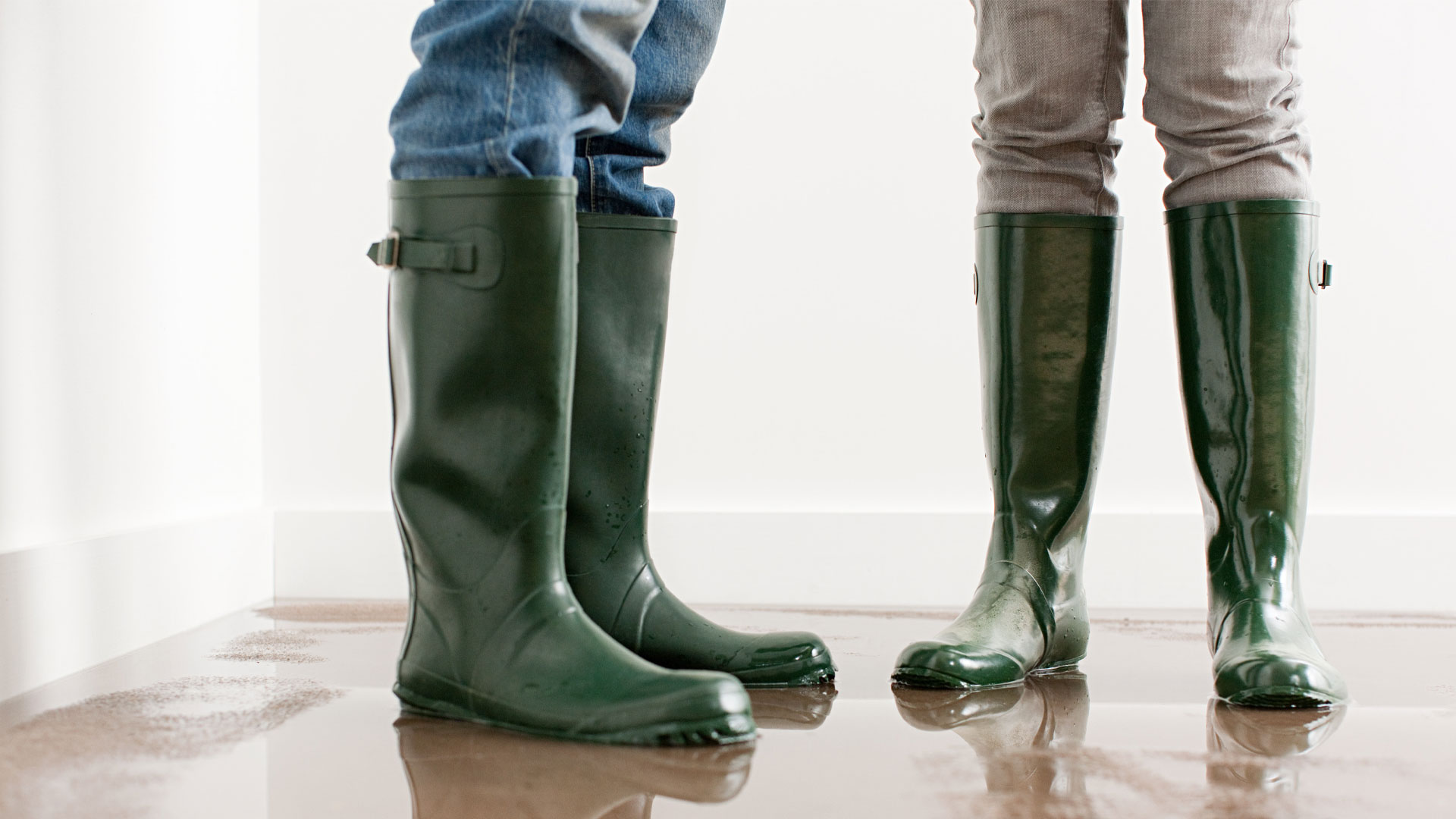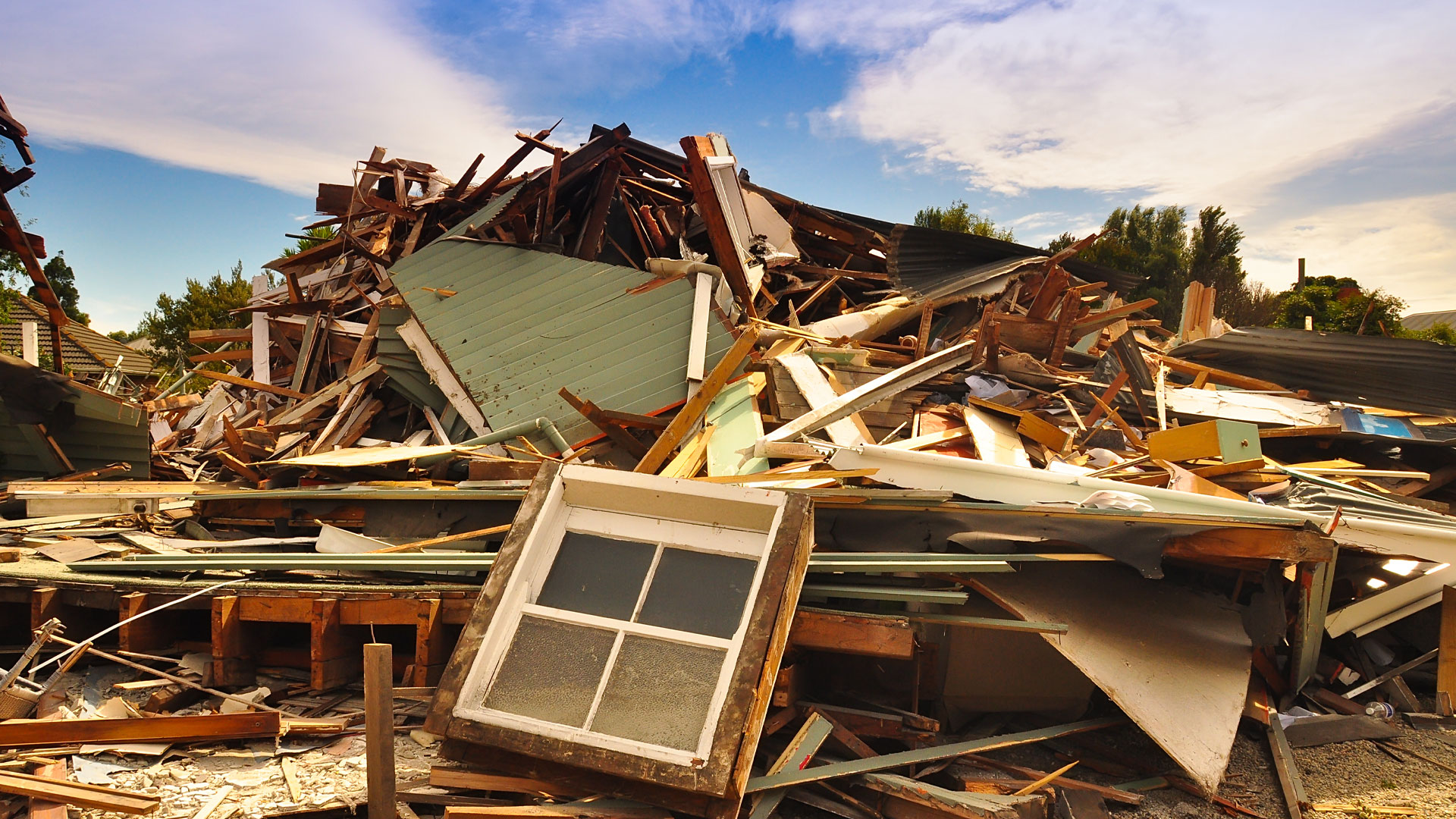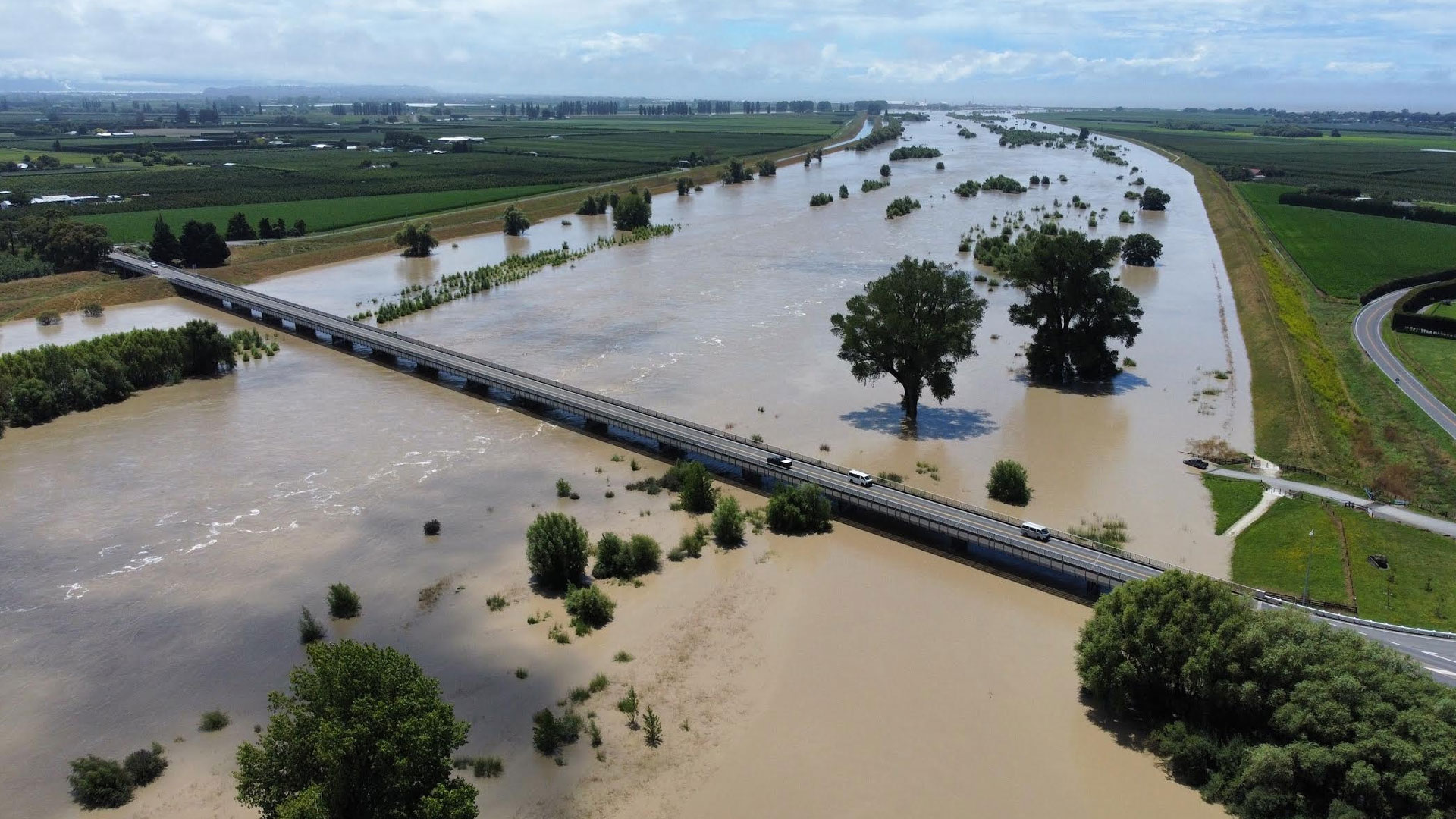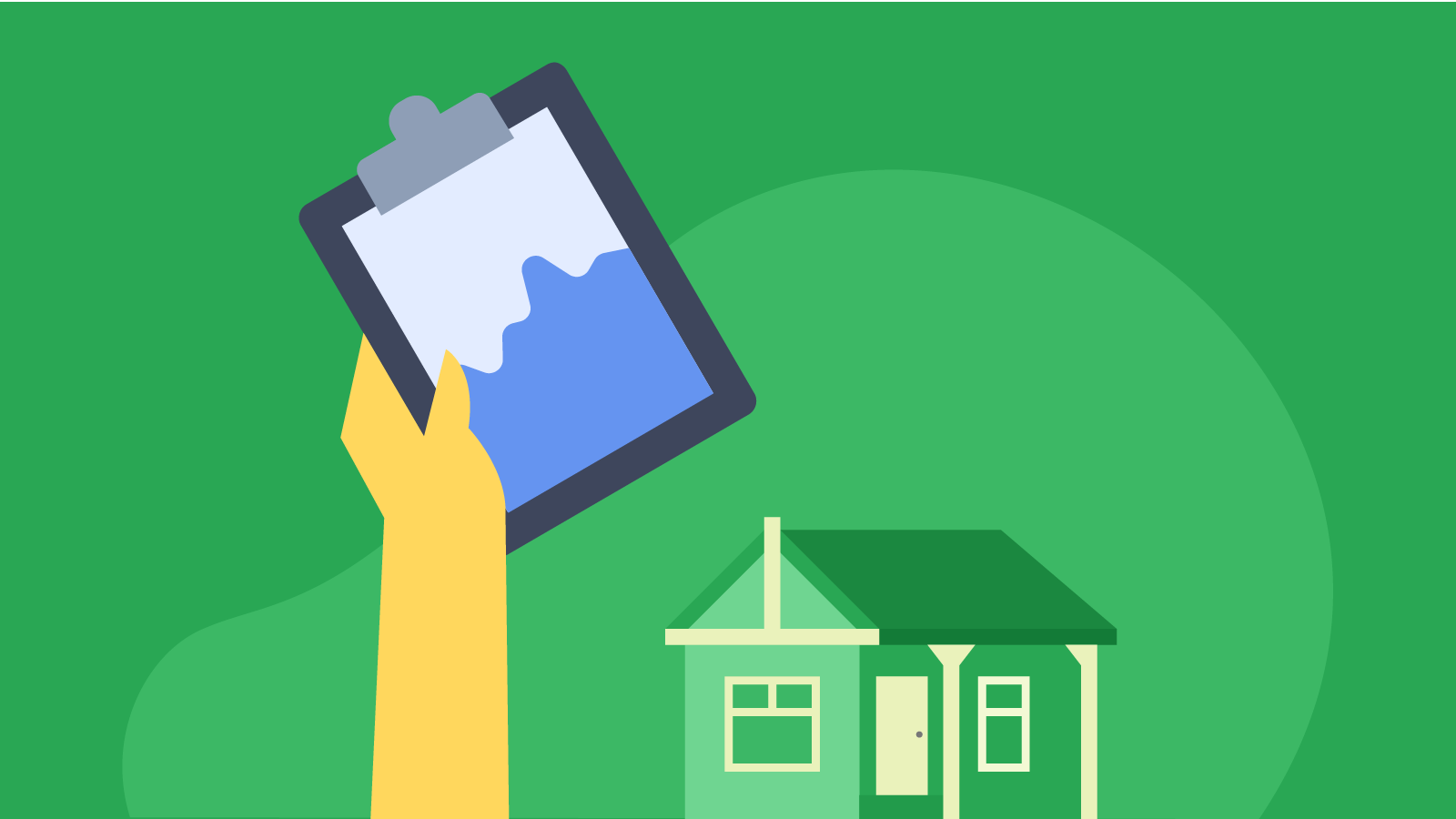Buying guide
Does home insurance cover natural disasters?
It’s worth getting your head around this stuff.
.png)
A natural disaster is many homeowners' worst nightmare.
You can take plenty of steps to keep your home safe and secure from burglaries, keep up with maintenance to offset natural wear and tear, and even create routines to make sure you’ve turned that oven off. But when it comes to a powerful “act of god”, as many insurers refer to them, things are largely out of your control.
Okay, so you aren’t entirely powerless – doing proper due diligence before you buy a home can help you learn about things such as its earthquake or slip risk. But, when it comes to really powerful natural events, even the most sturdy property, on paper, can be at risk.
Given Aotearoa’s propensity towards natural disasters, many Kiwi homeowners are interested in what protections they can get from their property insurance. Here’s a top level look at how this works.
What do we mean by “natural disasters” in the context of home insurance?
The types of natural disasters that are often considered by home insurance policies include:
- Volcanic activity
- Tsunamis
- Landslides
- Earthquakes
- Hydrothermal activity
- Natural fires caused by any of the above
- Floods (although see below for more information on this)
Natural disasters are many homeowners' worst nightmares.
Understanding home insurance and natural disasters: The Natural Hazards Insurance Levy (NHI)
If you buy home insurance in NZ, you’ll end up paying a home insurance premium. Depending on your preferences, this might be a lump sum that covers you for, usually, a year, or it could be regular instalments.
Regardless of your payment schedule, part of the cost of this premium is the Natural Hazards Insurance (NHI) levy. This is a mandatory government levy for anyone who holds either residential home or landlord insurance that includes fire insurance (which most do). This sum is collected by your insurer (for example, Trade Me Insurance) as part of your premium, and is then handed onto the Natural Hazards Commission Toka Tū Ake (NHC).
The point of the NHI levy is to help repair or rebuild your home if it’s damaged by a natural disaster. Normally, the first $300,000 plus GST towards the cost of replacing or repairing your property is provided by the NHC levy. At the time of writing, the NHI levy is set at 16 cents per $100 insurance, up to that $300,000 plus GST.
Two particularly important exclusions apply with the NHI::
- The NHI doesn’t cover losses to home contents, including appliances and furniture (you’ll need contents insurance for this).
- The NHI doesn’t cover damage caused by flooding or storms.
It’s also crucial to understand that there’s been a recent change in the legislation governing all of this stuff. Before 1 July 2024, the Earthquake Commission (EQC) provided the cover we just described, and the NHC only took over after this date. While the protections they offer are similar, what exactly you can claim, and the process for applications will depend on when the damage to your property happened:
- Prior to 1 July 2024, the EQC Act applies to your claim.
- On or after 1 July 2024, the Natural Hazard Insurance Act applies.
What if the damage is more than $300,000?
It’s important to understand that, even though the first $300,000 + GST is paid through the NHI levy, any claim will be handled through your insurer. If the damage to your property is more than $300,000, your home insurer will pay the rest, up to the amount agreed in your policy.
So, perhaps the most important thing you can do to check whether your home insurance will cover you against a natural disaster is to monitor the value of your property, and check that this matches what’s in your insurance policy.
Flooding can be a bit of a special case when it comes to home insuance.
What about insuring my land against natural disasters?
Aotearoa is one of only a few countries where you can access residential land insurance, which is also provided by the NHC. This automatically applies to your land if you have a current insurance policy for your home that includes fire insurance.
However, this cover is capped and limited, and it’s important to understand these limitations. According to naturalhazards.govt.nz, the NHC covers you for land:
- Under and up to 8 metres around your property, related buildings and structures, and
- Under your main access way up to 60 metres from your property.
- You will also be covered for bridges, culverts and some retaining walls, to a limit.
The amount your land will be covered under the NHC is usually based on the value of your insured, damaged land. Often, this is’t enough to fully repair the damage, and it’s best thought of as a contribution to the repairs.
What about flooding or a storm?
Things are a little different when it comes to damage to flooding or storm damage. The NHC will provide cover only for your land in this instance, while damage to your home would be covered by your private insurance.
Author
Discover More
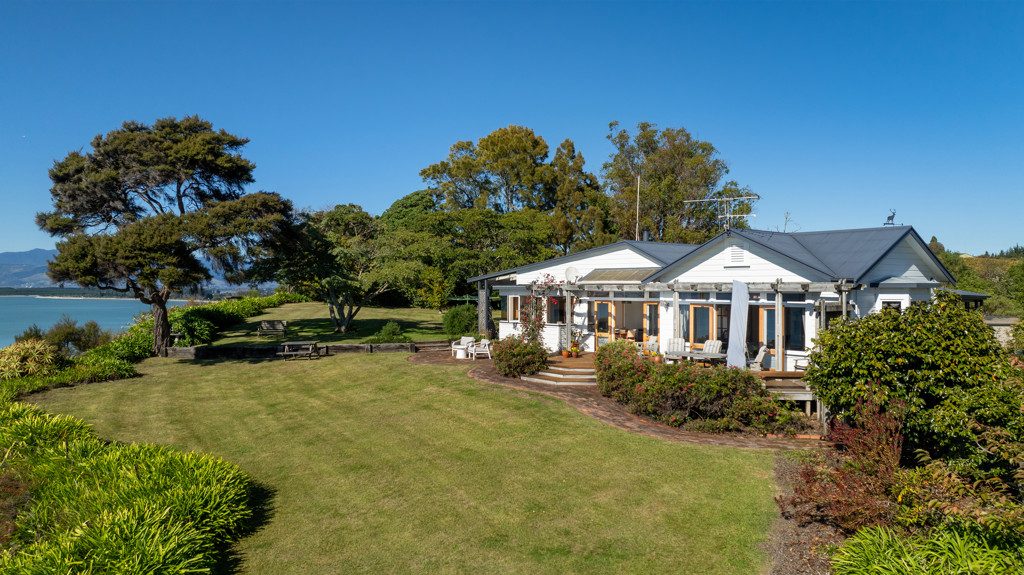
Tasman temptations in hot spots like Kaiteriteri and Ruby Bay
Who wouldn’t want a house close to Abel Tasman National Park and at beaches like Kaiteriteri, Ruby Bay, and Mapua?
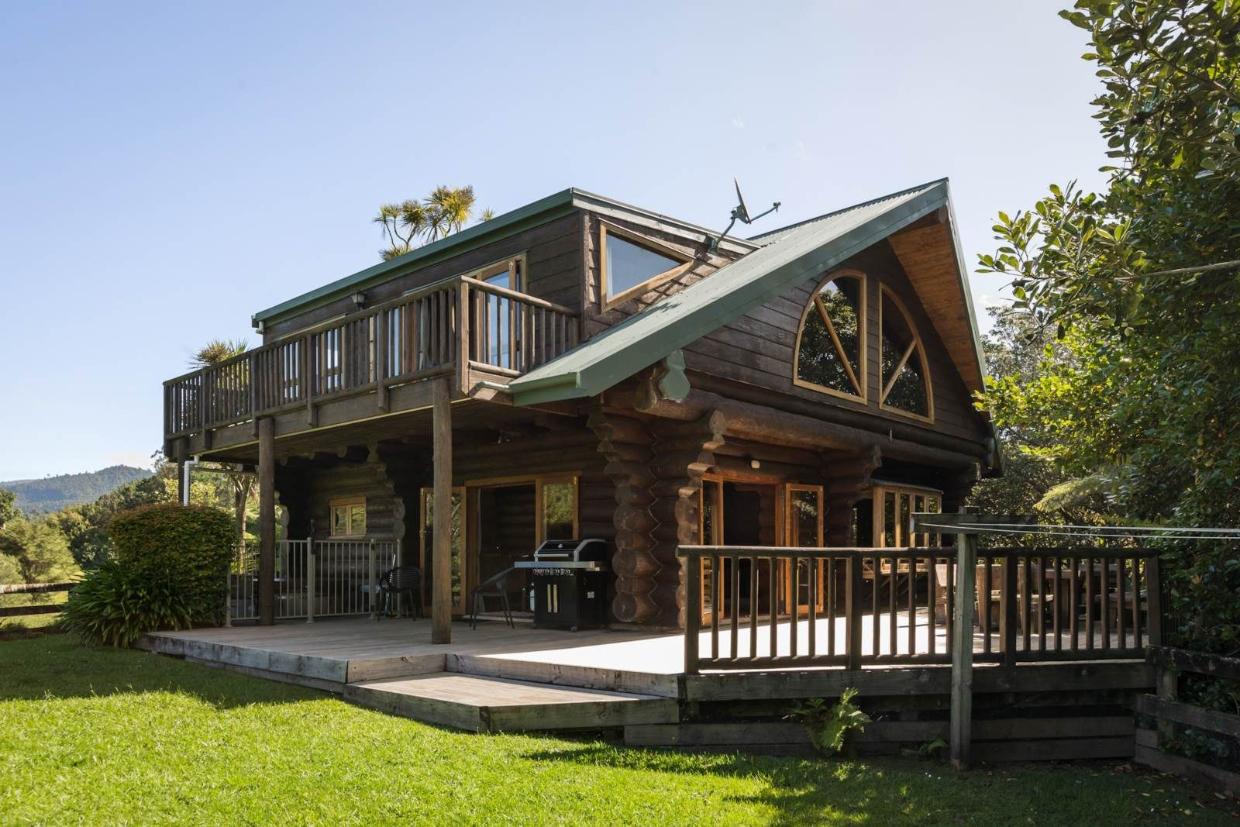
Riverside log cabin on site of legendary Kiwi music festival hits the market
The Douglas Fir log cabin in Waihi can sleep 12.
Search
Other articles you might like
